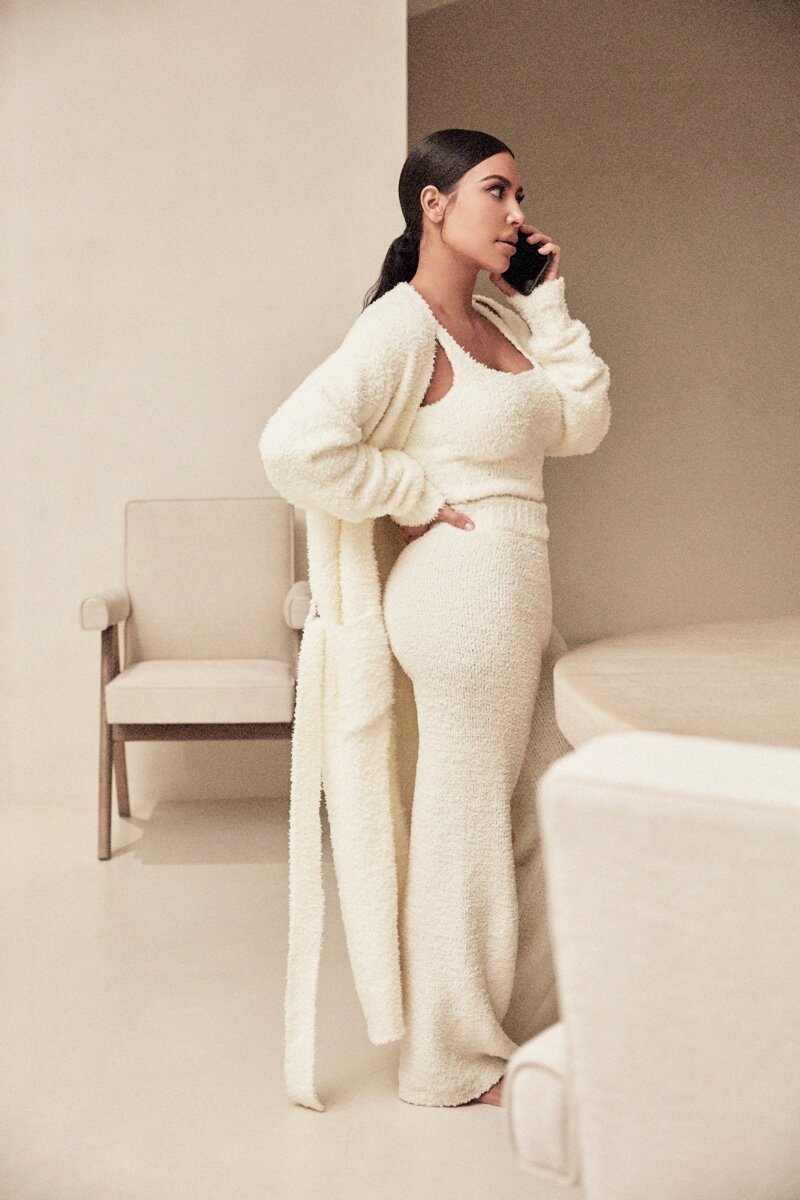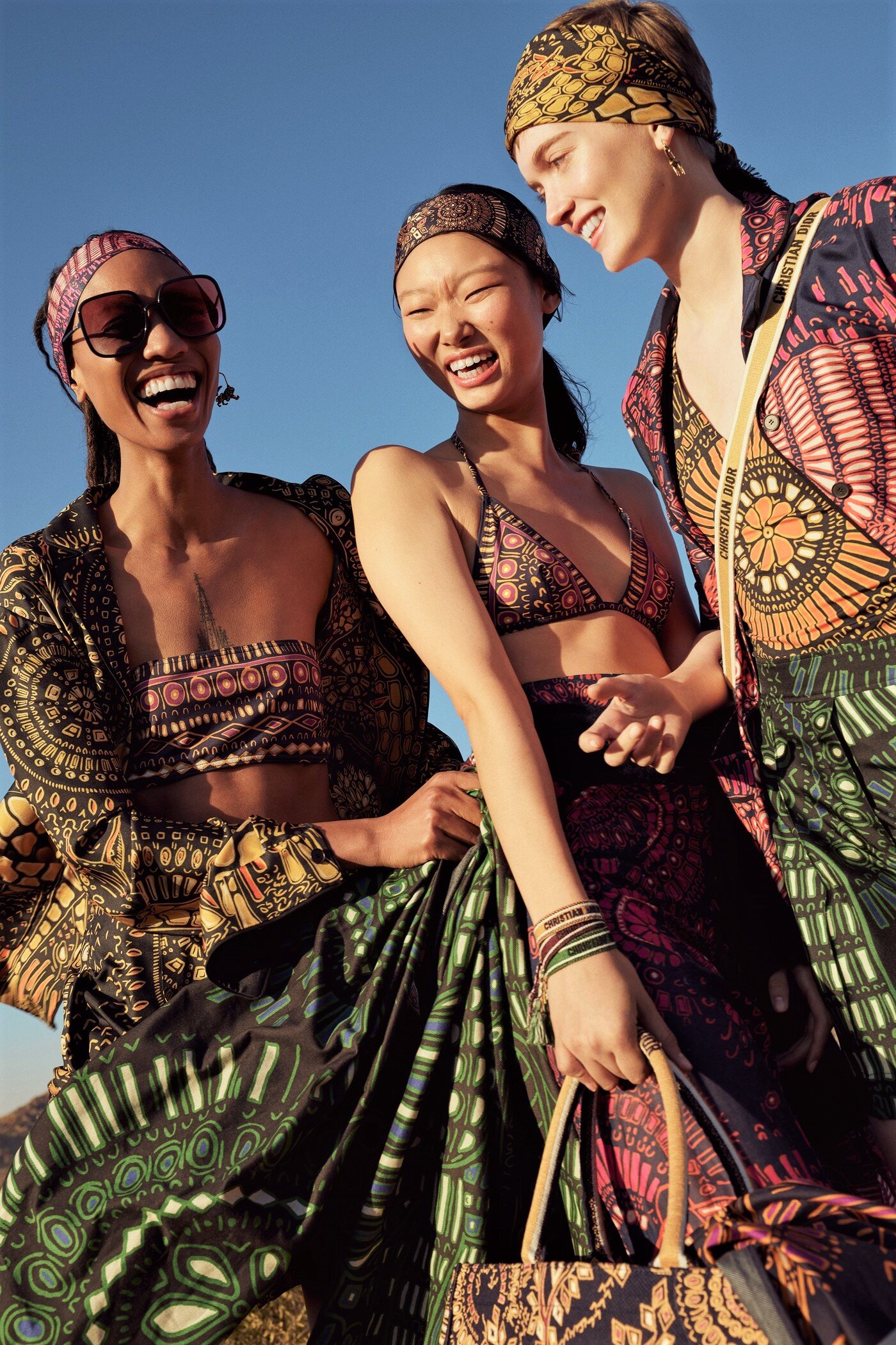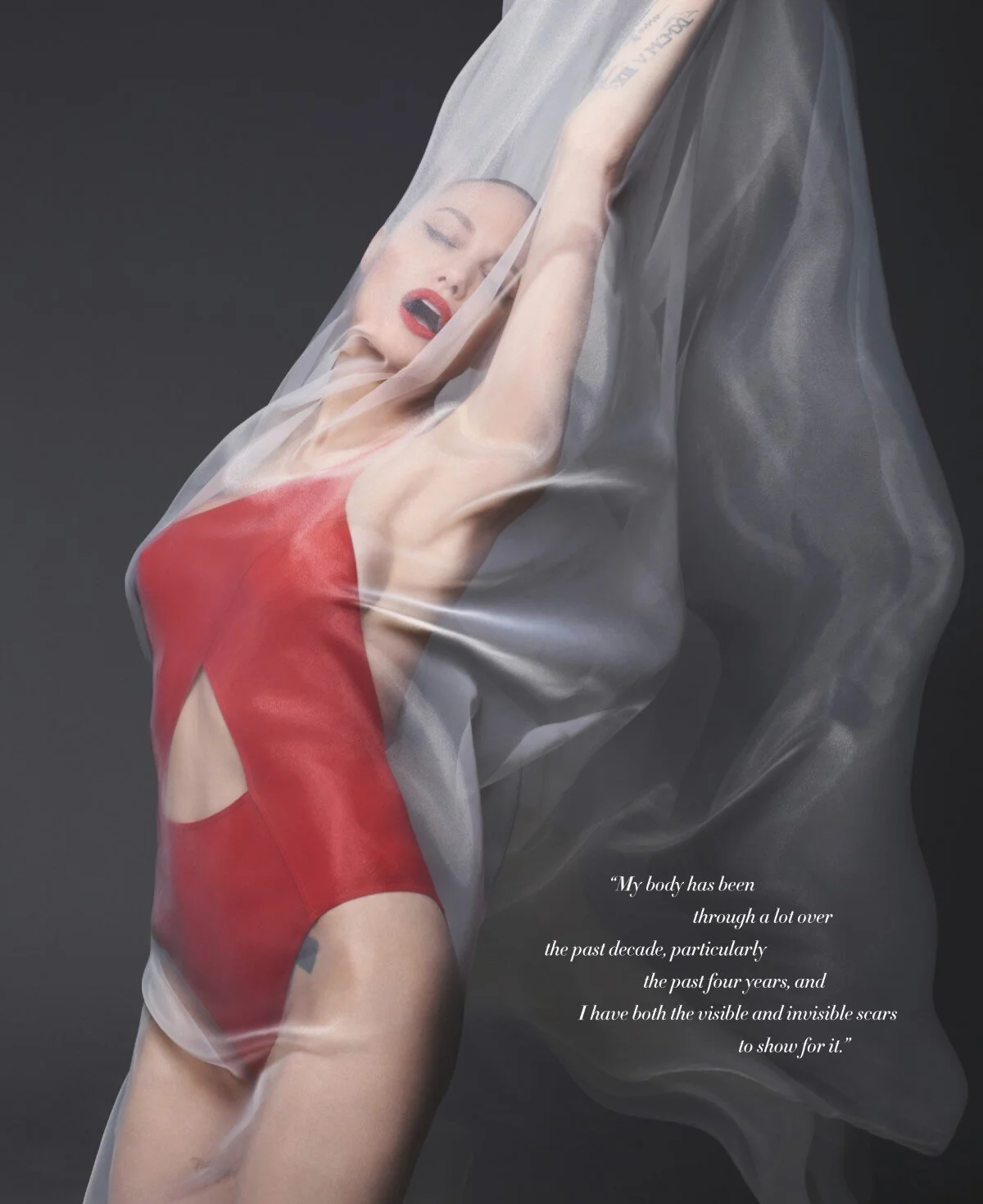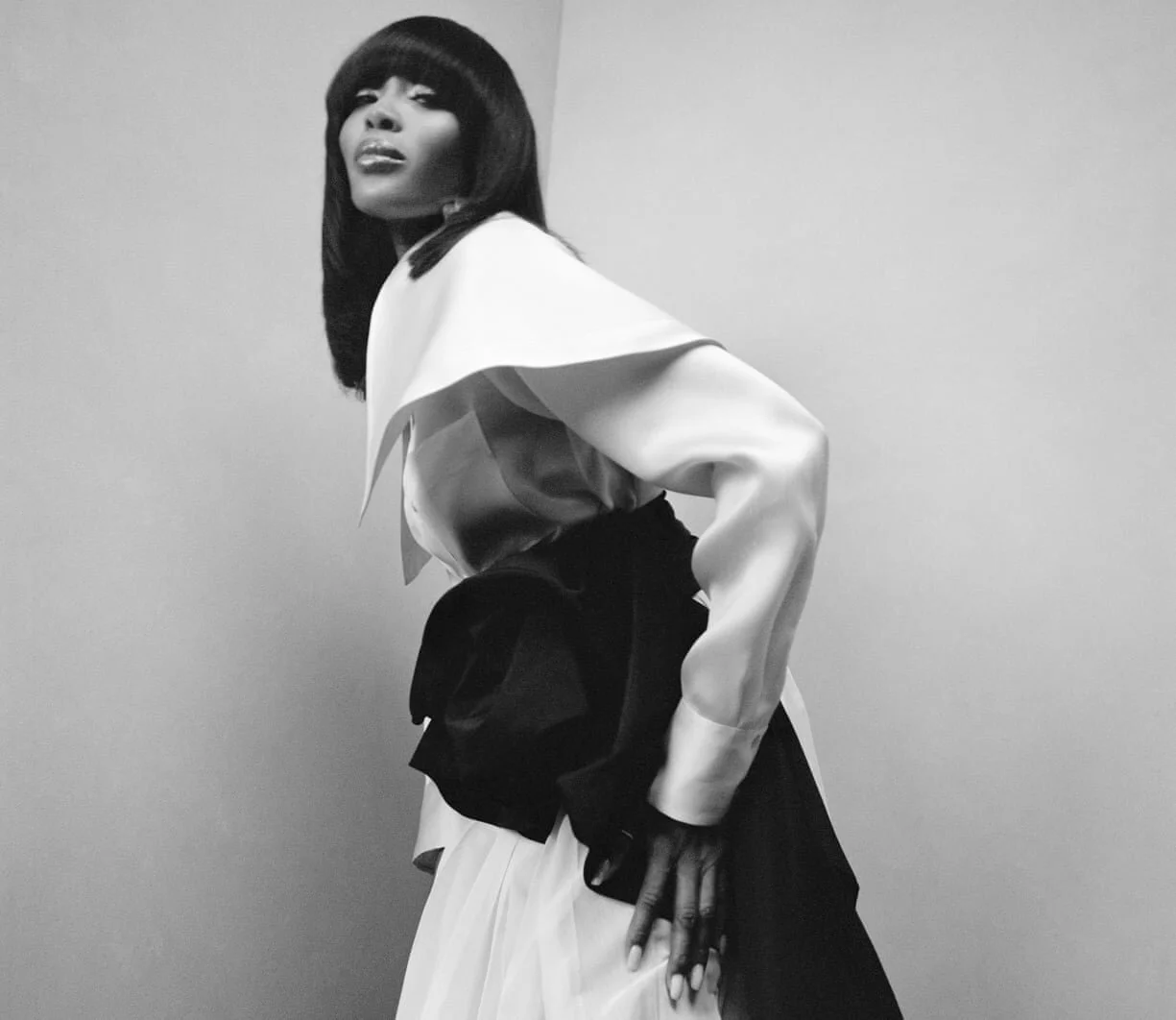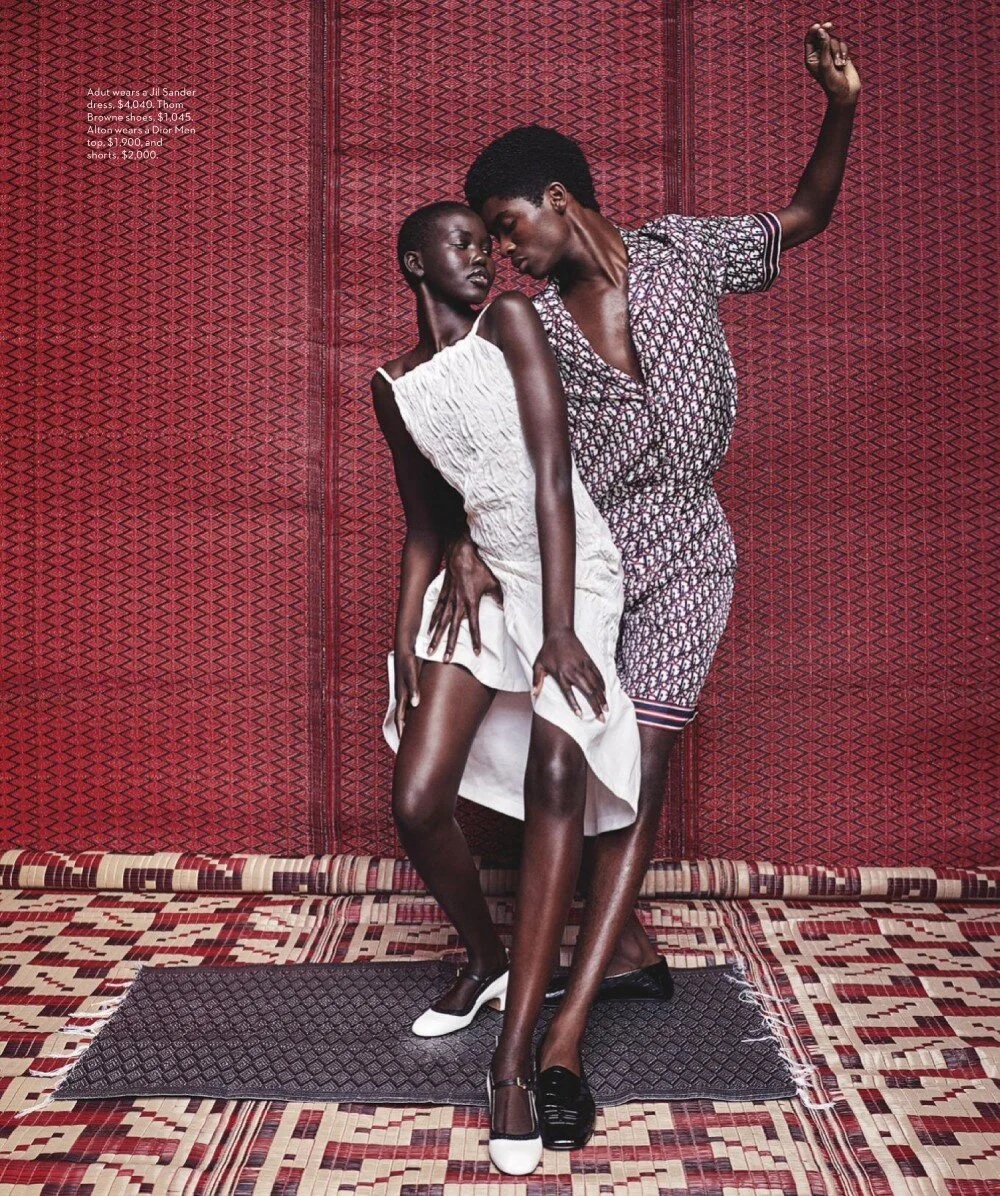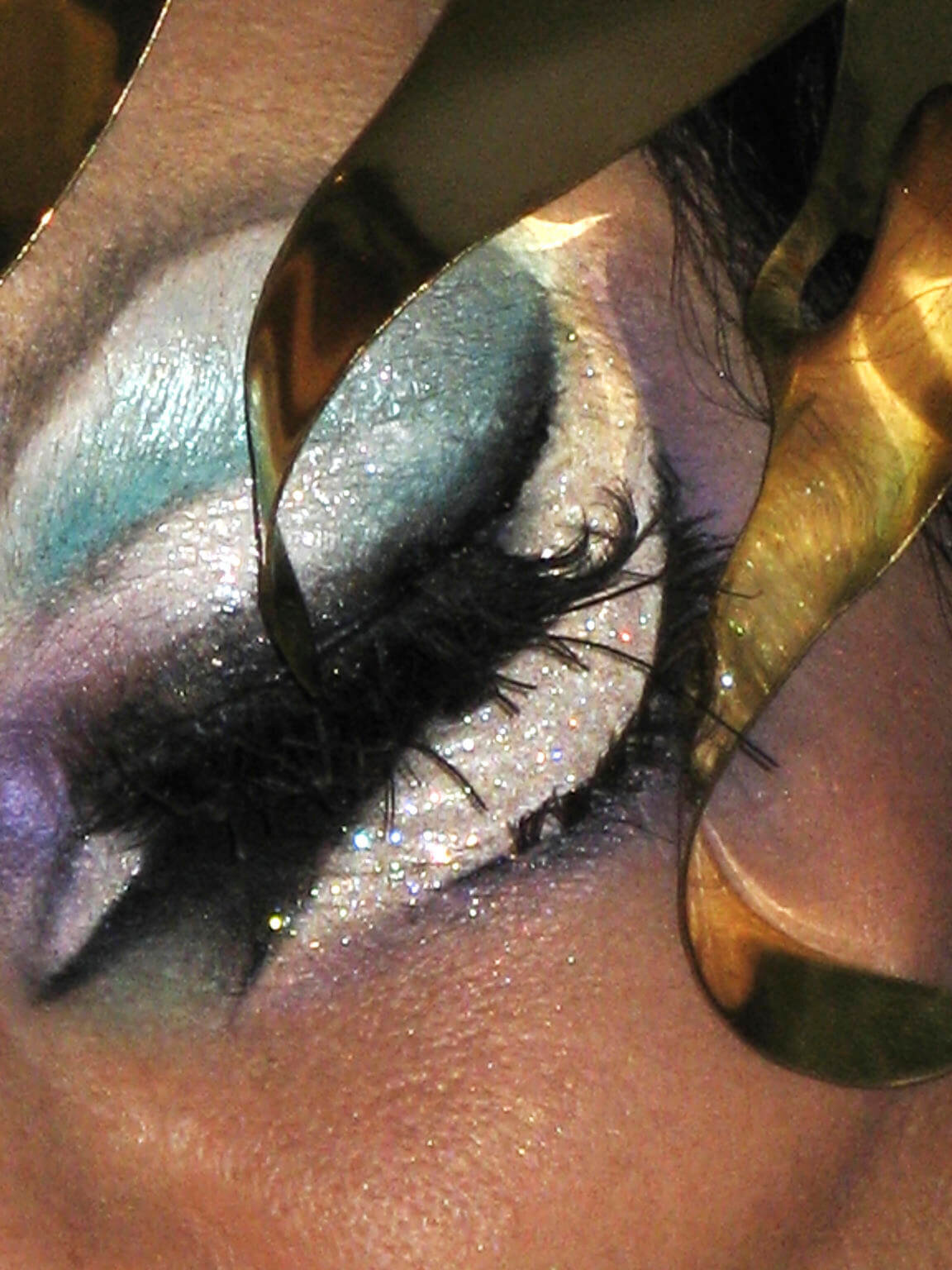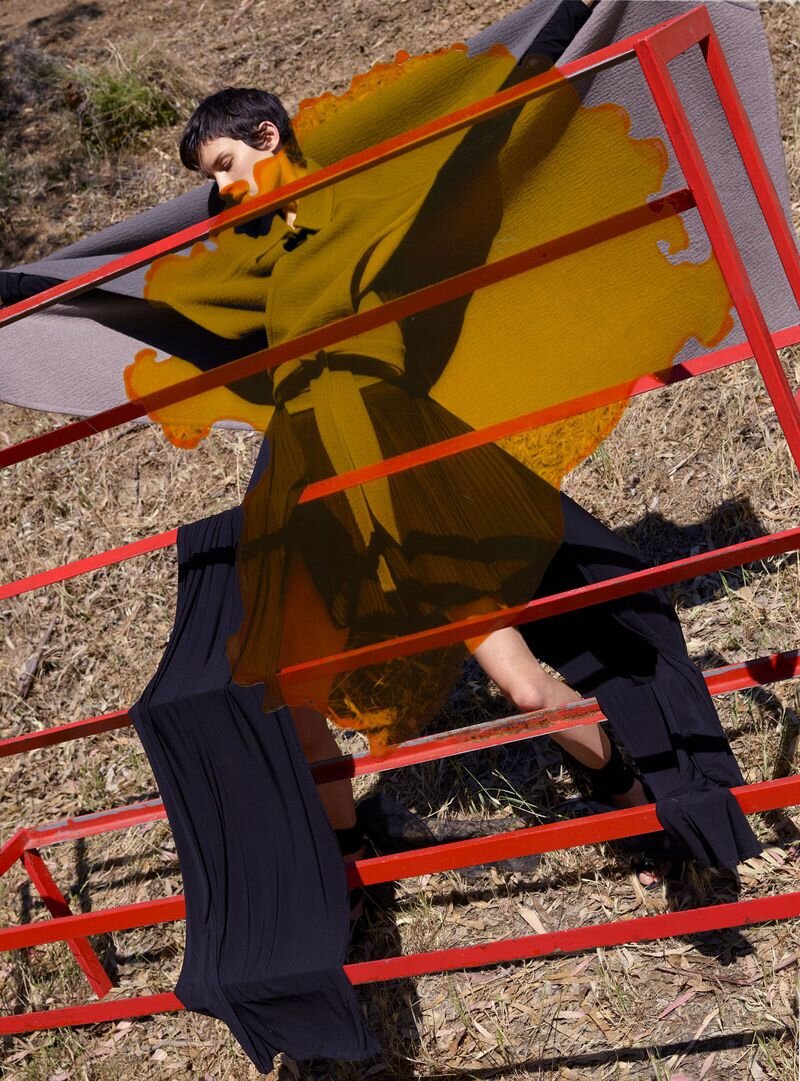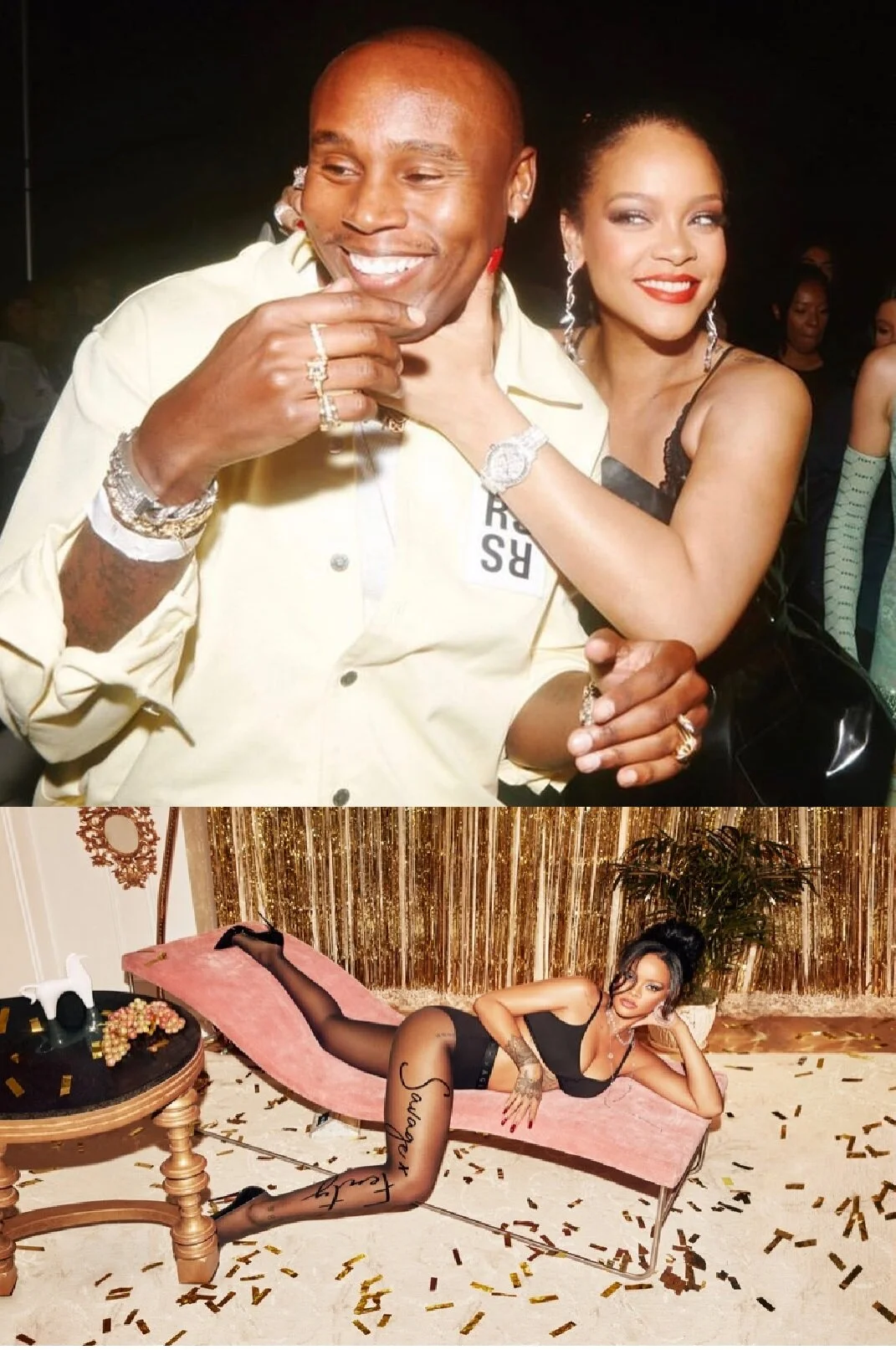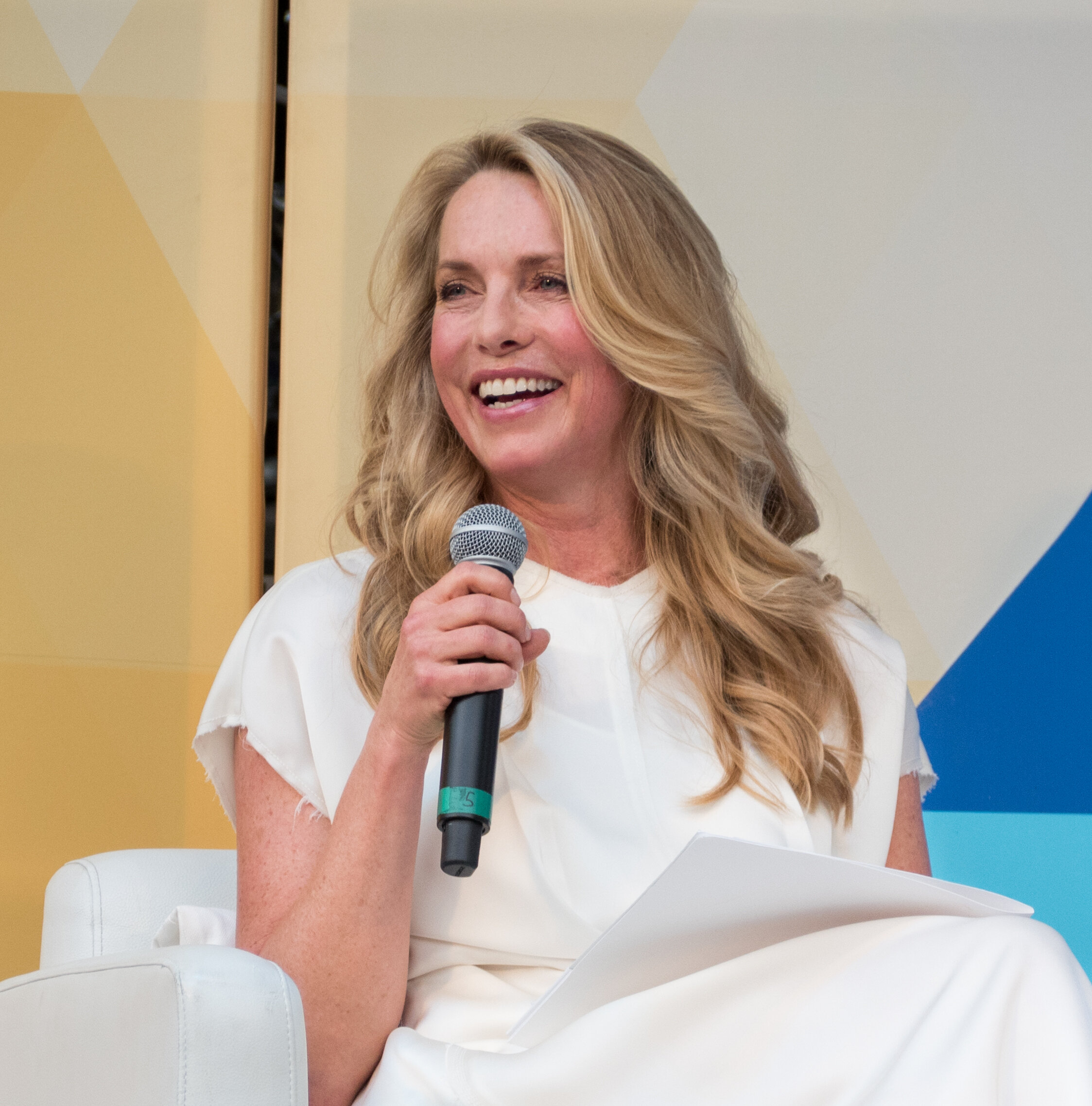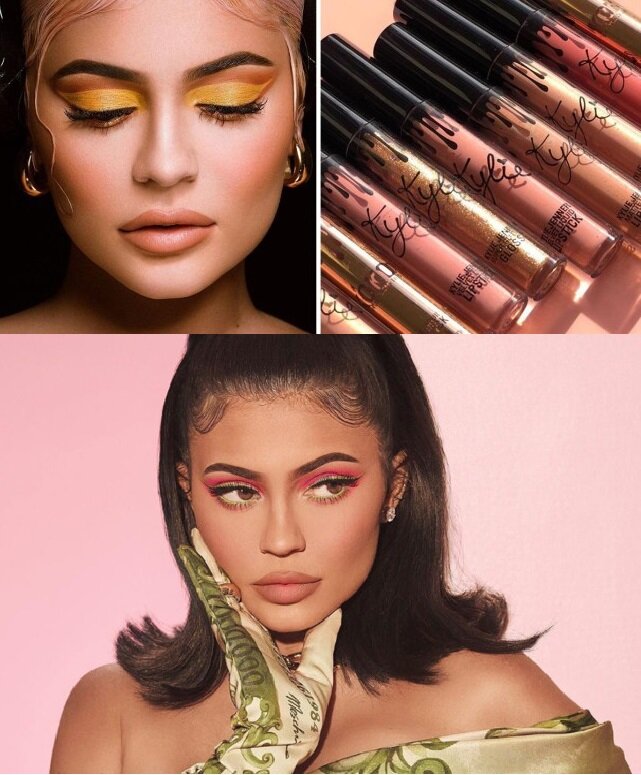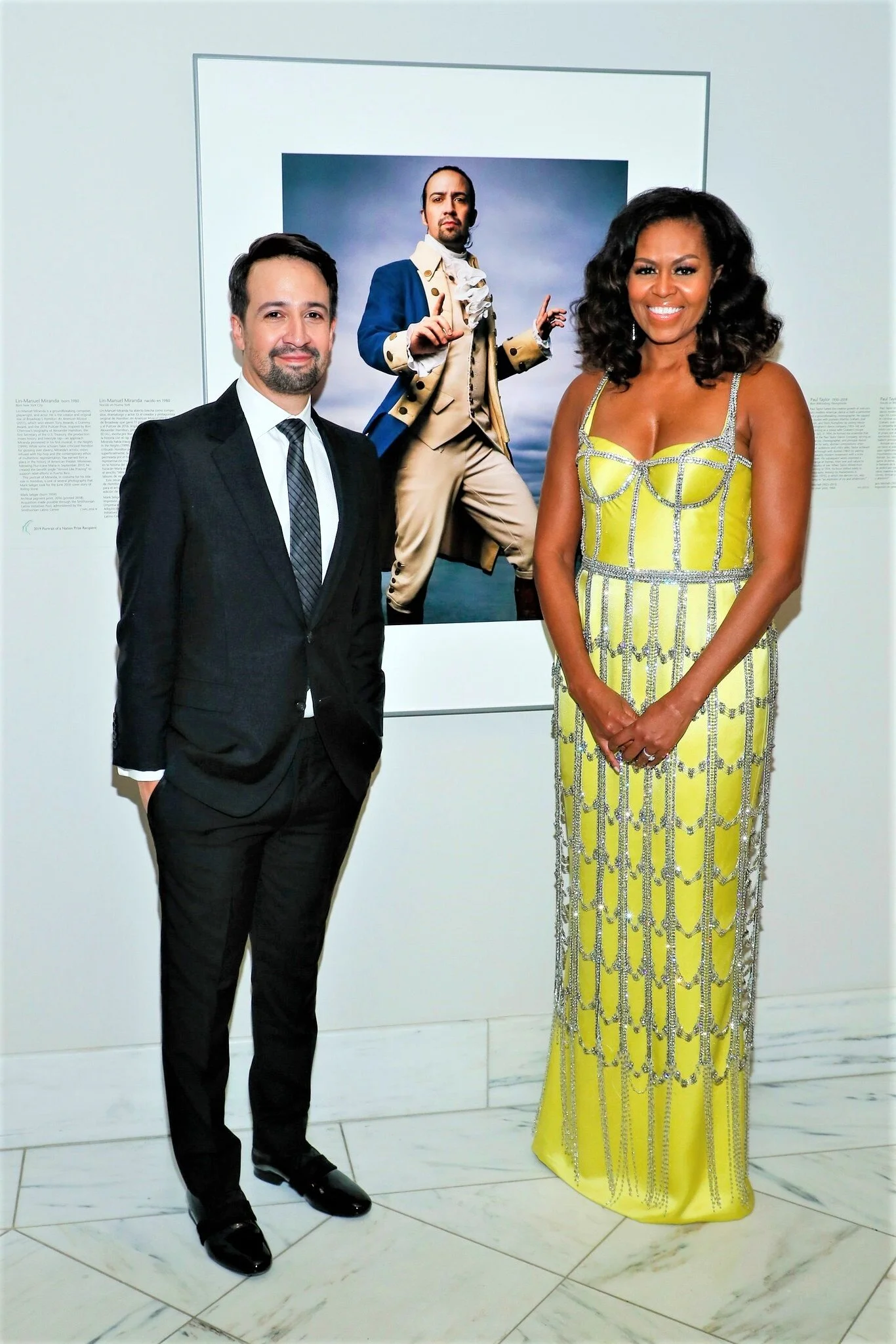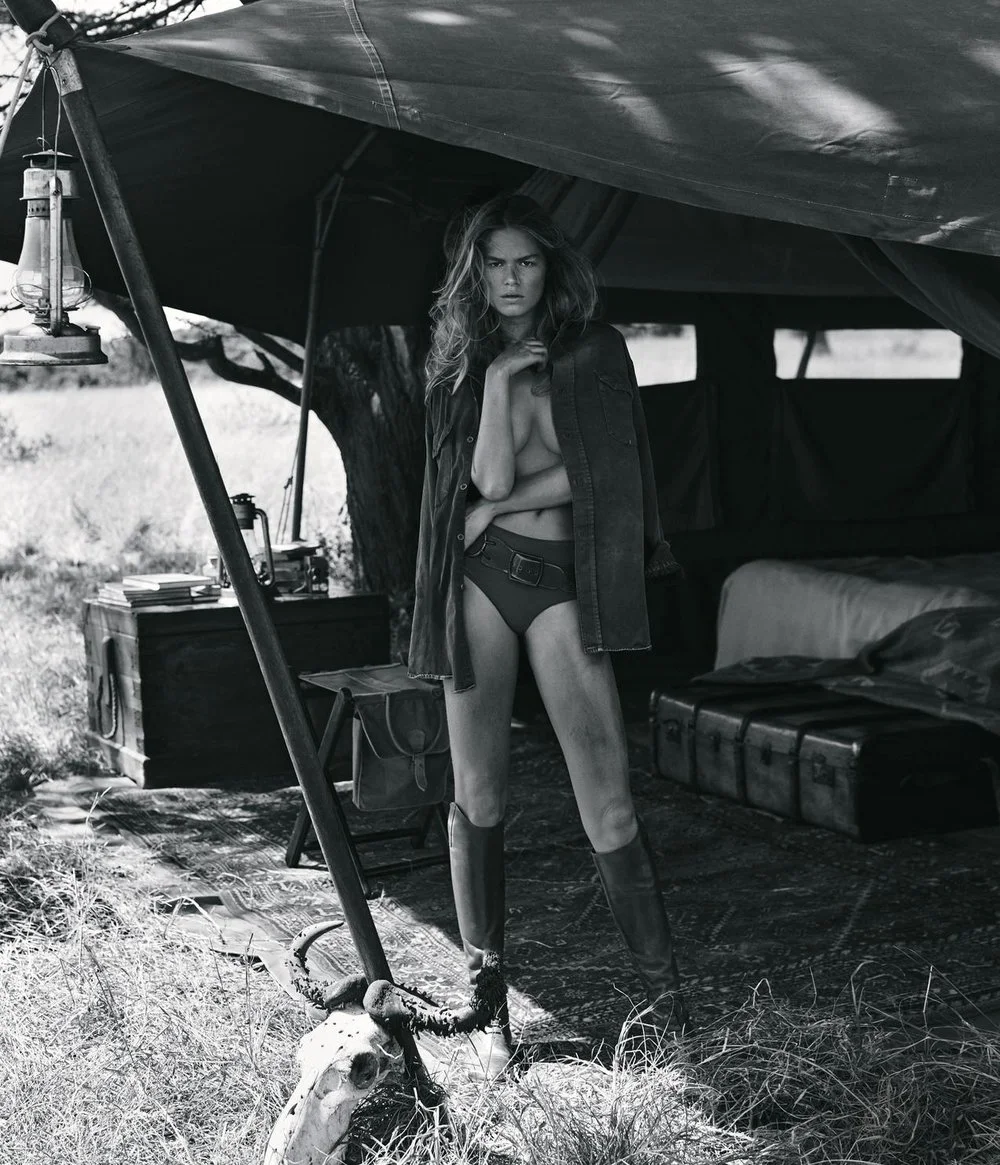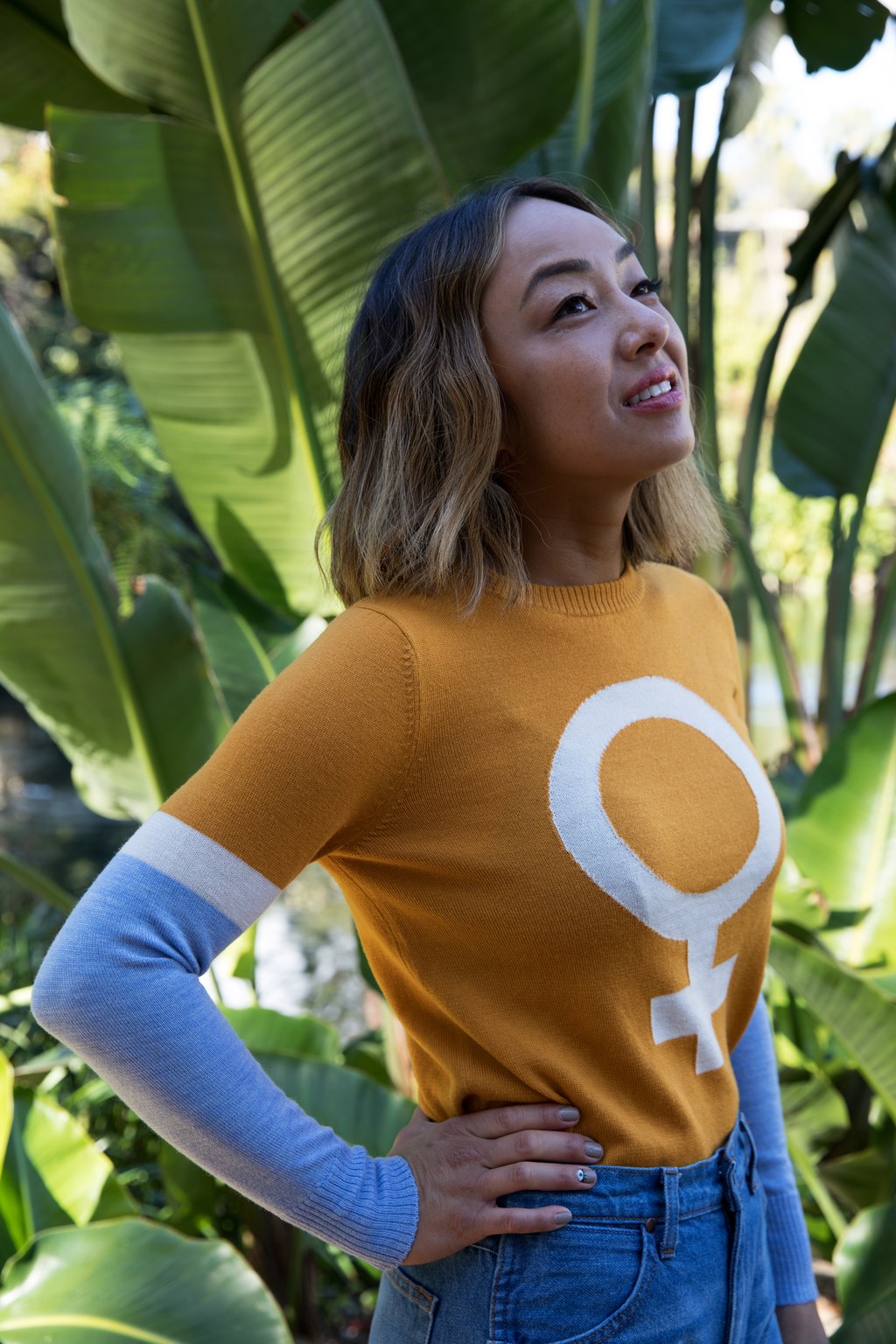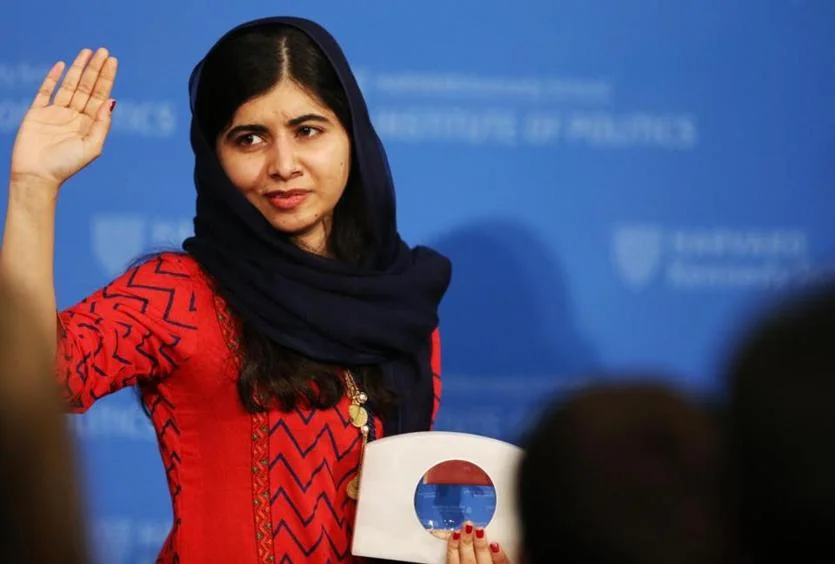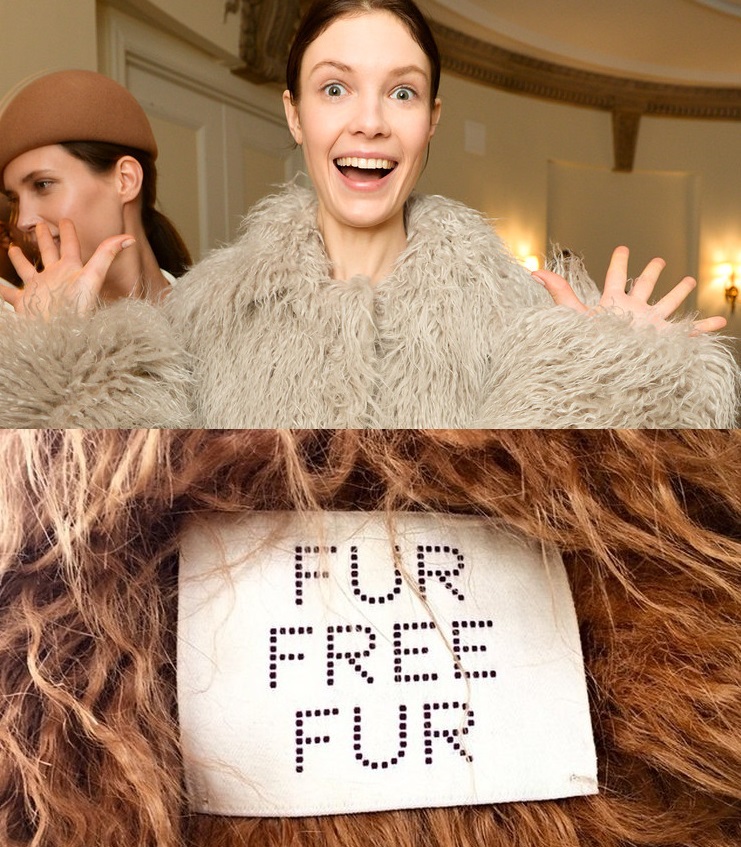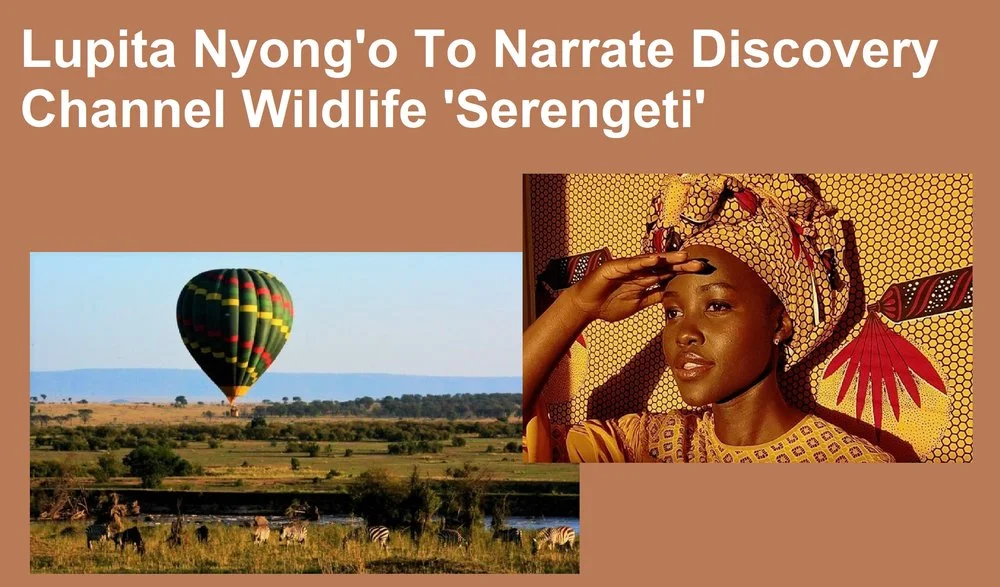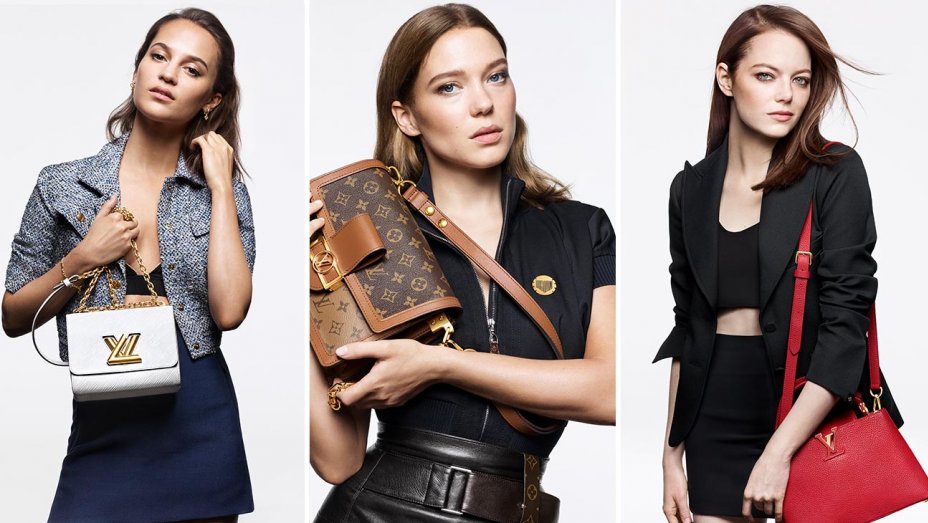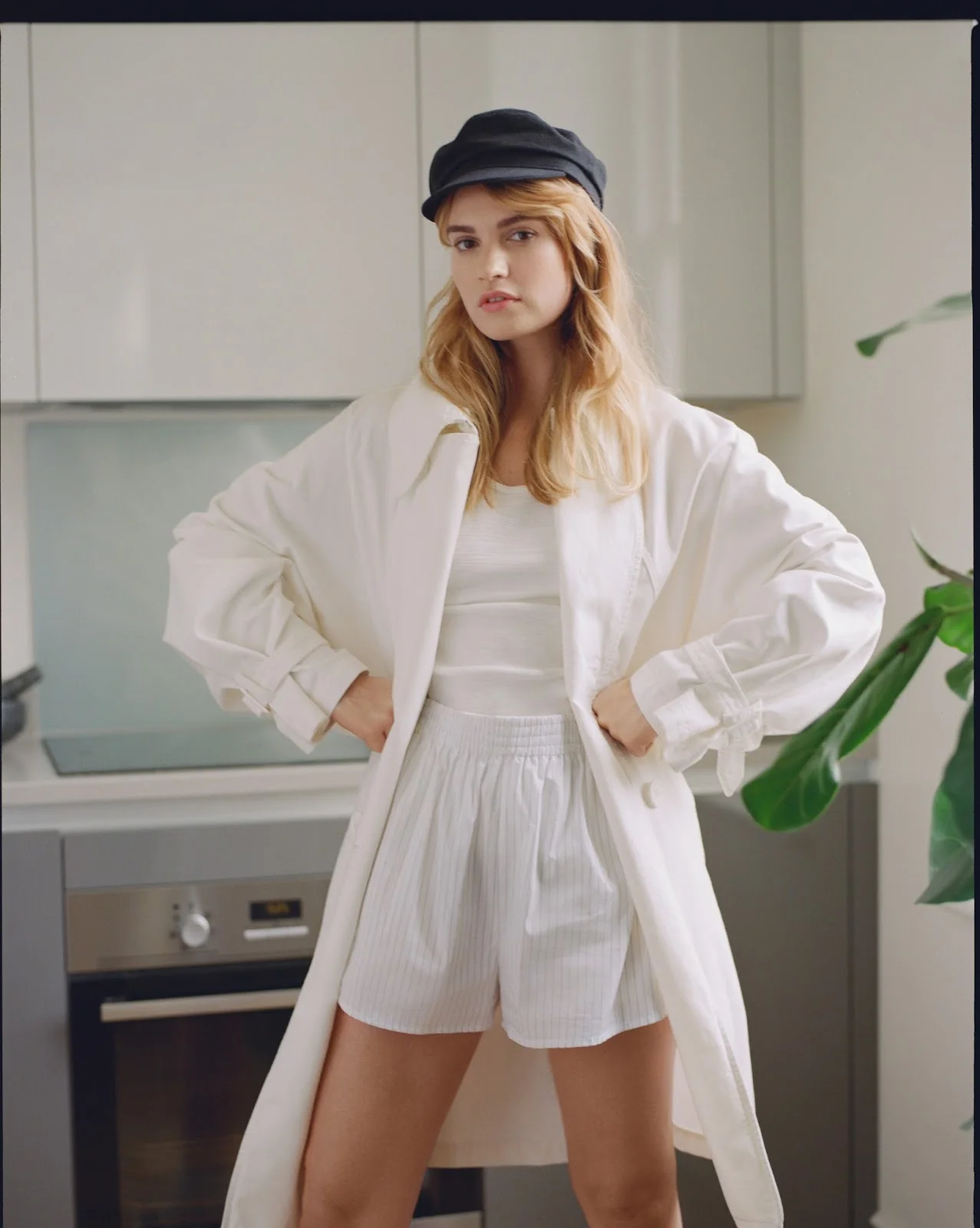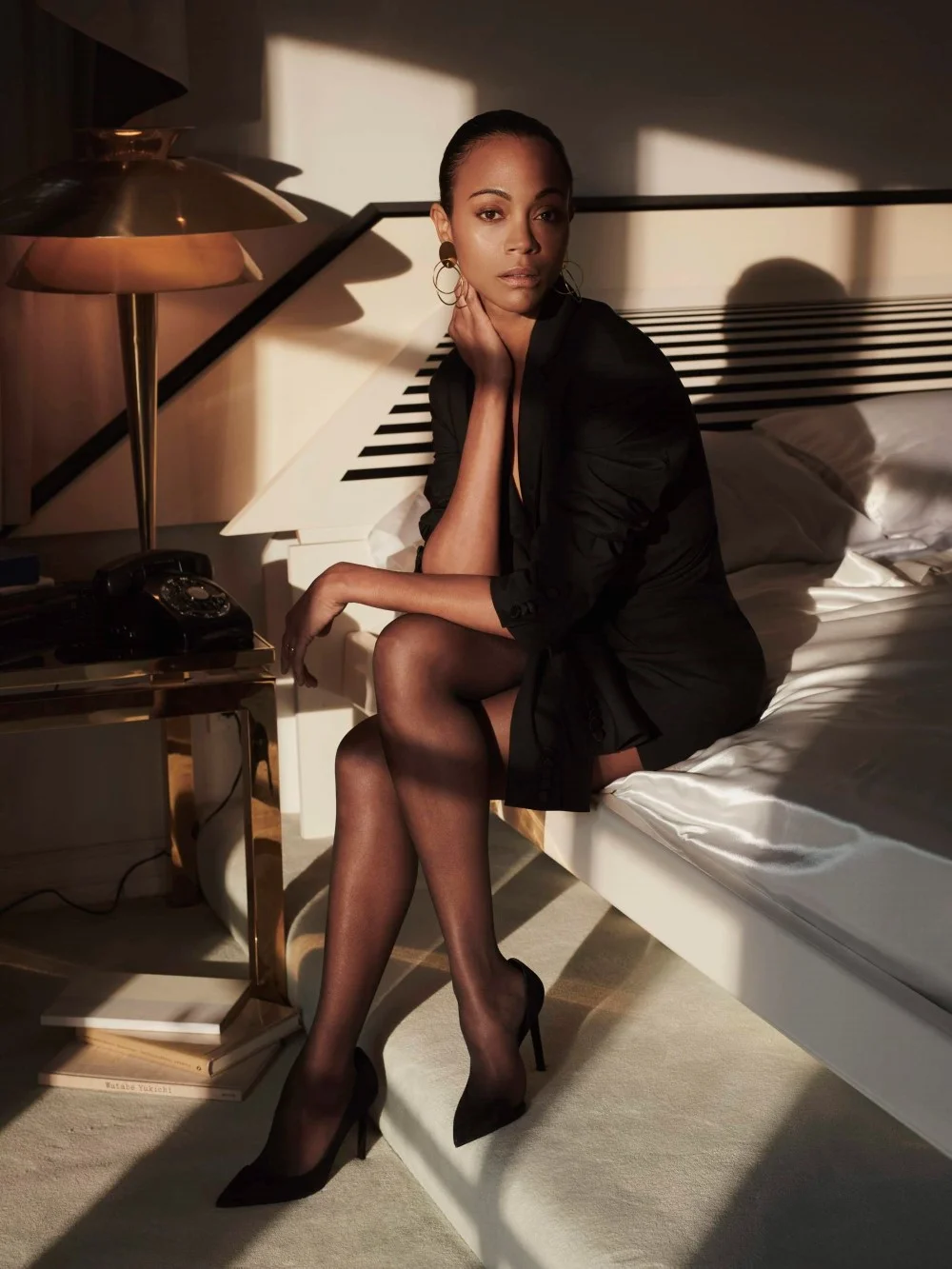Beyond the Veil: The Intersection of Sensuality, Culturally Appropriate & Women's Rights
/Since Lubna Hussein went to court and Hillary Clinton to Africa, I’ve published most of the discussion about international women’s rights issues in that channel. The news is that Lubna will be back in Sudan court on Monday, Sept. 7, 2009.
The mandate that Muslim women wear culturally-appropriate clothing is once again center stage.
Salon comments on the burqa culture wars that are percolating around the desire of some Muslim women to don the veil. This topic is discussed in detail here at Anne of Carversville.
 Saudi woman in traditional Abaya on Jeddah Corniche; via Flickr’s Lucie’s PhotographyI know well the writing of both Naomi Wolf and Phyllis Chesler. Passions are running high and these two know how to tango.
Saudi woman in traditional Abaya on Jeddah Corniche; via Flickr’s Lucie’s PhotographyI know well the writing of both Naomi Wolf and Phyllis Chesler. Passions are running high and these two know how to tango.
Naomi opened the week with an article in the Sydney Morning Herald: Behind the veil lives a thriving Muslim sexuality. Wolf’s point is that some Arab women do not find burqas and all the forms of full-coverage dress confining or dehumanizing as perceived by Westeners.
Our commentators, especially Pixie who writes the blog I Love Hishma agree with Wolf. Pixie is always clear, as well, that Islam does not mandate burqas, niqab and specific dress codes for women. The need for modesty, of course, is mandated.
In my own experiences in Morocco, also over late-night espresso discussions in New York with two close girlfriends married to Arab men, and in my long friendship with Tunisian-born Monette Moati, owner of a chic Parisian lingerie boutique Sabbia Rosa, I know that this view of private sensuality among some Arab women is very strong.
 Yemen - Women of Sanaa; via Flickr’s Lcie’s PhotographyNaomi’s words mirror their embrace of this private mysterious Muslim sexuality, but there’s another side to the argument.
Yemen - Women of Sanaa; via Flickr’s Lcie’s PhotographyNaomi’s words mirror their embrace of this private mysterious Muslim sexuality, but there’s another side to the argument.
Phyllis Chesler responded to Wolf’s article with The Burqa: Ultimate Feminist Choice, chiding Wolf for advocating an elitist vision of burqa-wearing women who lead sexy private lives.
Goodness knows that I’m neither a Conservative Republican nor a Phyllis Chesler fan.
 Pink susset at floating mosque in Jeddah, Saudi Arabia; via Lucie’s PhotographyWithout taking sides — because I do believe that life involves a great deal of grey-matter — and I’m also bloodied and bruised, defending my concern for Lubna Hussein this weekend, I have the same concerns as Chesler about Naomi’s article.
Pink susset at floating mosque in Jeddah, Saudi Arabia; via Lucie’s PhotographyWithout taking sides — because I do believe that life involves a great deal of grey-matter — and I’m also bloodied and bruised, defending my concern for Lubna Hussein this weekend, I have the same concerns as Chesler about Naomi’s article.
In my own experiences in Marrakesh, I saw how the very architecture of the Medina emphasized the public/private mystery of sensuality. I admit that it intoxicated me.
It’s also true that the women in Morocco in Marrakech wore colorful clothing, and I don’t believe their faces were covered. The women were out and about, chatting and very visible. Yes the women congregated together, but I don’t remember that they fled for cover in the presence of men.
The scene was more like this one:
 I visited Morocco years ago with a photography group. We drove from Marrakech to the Atlas Mountains and back again. It was an amazing trip as my eyes were opened to a way of life and a landscape I had not seen before. It was the kind of trip where total strangers invited me into their home for tea and others threw mud at me. I learned to listen to the hairs on the back of my neck, to celebrate kindness and brush off the mud. via Flickr’s Amy’s SketchbookI didn’t leave Marrakesh with a pit in my stomach regarding the lives of the women who lived there. Nor did I make it my business to investigate the details of their lives. I was on vacation.
I visited Morocco years ago with a photography group. We drove from Marrakech to the Atlas Mountains and back again. It was an amazing trip as my eyes were opened to a way of life and a landscape I had not seen before. It was the kind of trip where total strangers invited me into their home for tea and others threw mud at me. I learned to listen to the hairs on the back of my neck, to celebrate kindness and brush off the mud. via Flickr’s Amy’s SketchbookI didn’t leave Marrakesh with a pit in my stomach regarding the lives of the women who lived there. Nor did I make it my business to investigate the details of their lives. I was on vacation.
Bottom line in the Naomi Wolf/Phyllis Chesler debate, my own comparatively luxurious life knows the gorgeous Muslim sensuality discussed by Wolf. Similarly, Orthodox Jewish women DO profess to have some very hot sex with their husbands, stating that “denial” drives passion.
Statistically though, considering the overall status of women wearing full-coverage clothing, Chesler’s argument cannot be ignored.
My own struggle with the burqa topic is that it’s now focused on women in ‘free’ countries choosing to wear it for reasons that they really don’t have to justify, and the reality that the vast numbers of women who wear burqas or full-coverage clothing have no choice in the matter.
I do believe that Wolf’s argument could have been written differently, without making clothing the focus.
Perhaps I’ll try to write a piece that takes the subject out of clothes that conceal and into a more cerebral discussion of sensuality in the Middle East — in luxury households.
Even then, Phylis Chesler can challenge me that the picture is a spoiled-woman’s or educated woman’s mirage, alive in some countries. Nor am I confident that I can mount a strong defense.
 Rashaida girl Eritrea, in the danakil desert, Africa; via Flickr’s Eric LafforgueI do understand the argument Naomi’s try to make, but the vast majority of Muslim women aren’t allowed free choice in clothing or most other aspects of their daily lives.
Rashaida girl Eritrea, in the danakil desert, Africa; via Flickr’s Eric LafforgueI do understand the argument Naomi’s try to make, but the vast majority of Muslim women aren’t allowed free choice in clothing or most other aspects of their daily lives.
Also, I believe that Naomi rejects the purchase of just about any product that enhances our physical looks. She’s very concerned (correctly so) that women are only pawns of Madison Avenue and women remain fundamentally insecure about themselves, because of the pressure to be beautiful.
Yet, I enjoy putting on a little lipstick.
Does this make me brainwashed? A tool of the establishment? I’ve made peace with this subject and lipstick wins. But in a few days, I’ll also publish photos of me with no makeup, because I’ve been using Easeamine for over a month. Only a courageous woman does that in America!!!
Back to Muslim sexuality, which is where the discussion began. Theories will be tested again on Monday, when Lubna Ahmed Hussein returns to court in Khartoum. All of our prayers are with her and the women of Sudan. Anne
Anne here. I’m pleased to say that this article is being translated in the Middle East. The thread continues over in Lubna’s Women of Sudan channel, with my new post:Modesty, Femininism & Prostitutes: Lubna’s Out of Jail; Now What?
The article referenced by Arild is excellent, in my opinion, and I’ve incorporated it into today’s writing. Read: Moroccan Feminine Wiles for a viewpoint very different than Naomi Wolfe’s. I’ve posted comments from the Sudan Tribune about Lubna, reflecting both support for her to run for president of Sudan, and an especially disparaging comentary from an established man, that condemns women generally in Sudan — and I would argue — around the world.
I have been asked to write much more on the topic of sensuality, culturally appropriate and women’s rights by women in the Middle East who will be translating my writing.
If you have ideas on how to structure our dialogue, key points in the intellectual arguments, or would like to contribute to the conversation, please notify me in the contact Anne box in the masthead.
Arild, that certainly includes you. Anne

